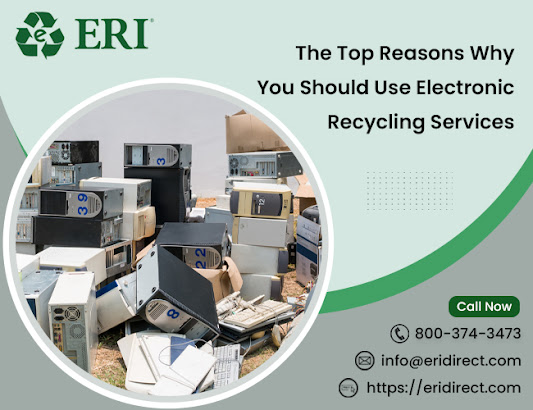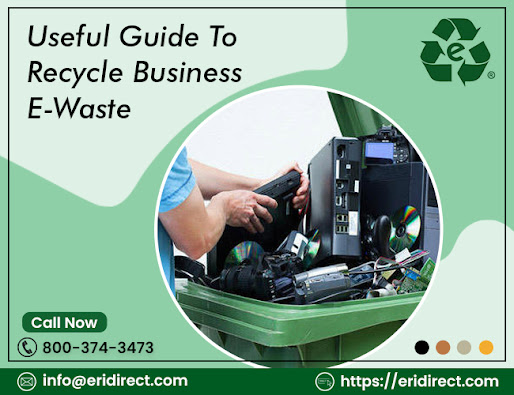Learn About E-waste Recycling Process
Electronic recycling is challenging as discarded electronic devices are sophisticated devices simulated from varying proportions of metals, plastics, and glass. The recycling procedure can vary according to the materials being recycled and the technologies employed. This post is a general overview of it.
Read on-
Transportation and accumulation or collection are two initial stages of the recycling procedure for e-waste. Recyclers keep collection bins or electronic waste booths in particular locations and pick the collected e-waste from these sits and send it to recycling facilities and plants.
Shredding, Sorting, and Separation
After the collection and transportation are done, materials in the e-waste stream are processed and separated into clean commodities used to create new products. Electronic recycling produces from the efficient separation of materials. In the beginning, the e-waste shredding stream enables the sorting and separation of plastics from internal circuity and metals. Thus, e-waste items are shredded into pieces as small as 99 mm to prepare for the further sorting process.
How Preparation Takes Place for Recycled Materials
The separated material is important to prepare for sale as functional raw materials for the new electronics exhibition.
.jpg)



